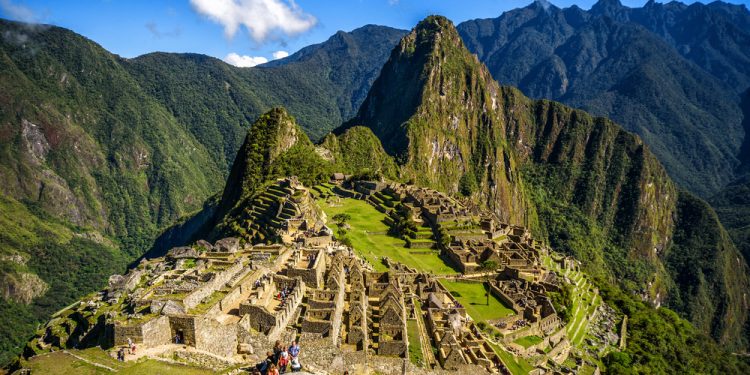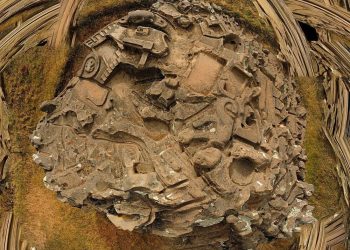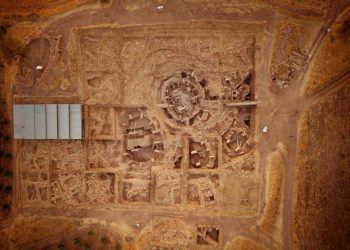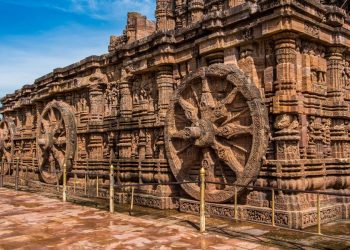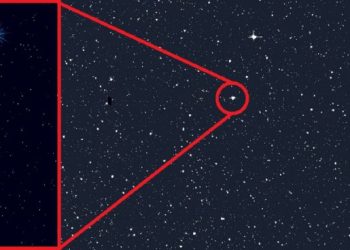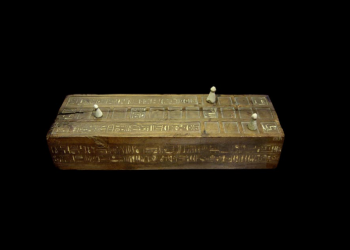American archaeologists carried out radiocarbon dating of 26 human bones and teeth recovered from cave burials at Machu Picchu. The study showed that the ancient city of the Incas remained inhabited until 1530, and the first inhabitants were here no later than 1420, which is almost 20 years earlier than the previous estimate.
Everything you need to know about Machu Picchu and its new founding date
Discovery
Machu Picchu is one of the most famous archaeological sites that remained unknown to the outside world until 1911 when it was discovered by the American historian Hiram Bingham.
Untouched for centuries
The abandoned city, built as the residence of the emperor, sits on top of a mountain range at an altitude of 2,450 meters above sea level. Although the Inca empire was destroyed in the early 16th century by the Spanish conquistadors led by Francisco Pizarro, Machu Picchu remained untouched.
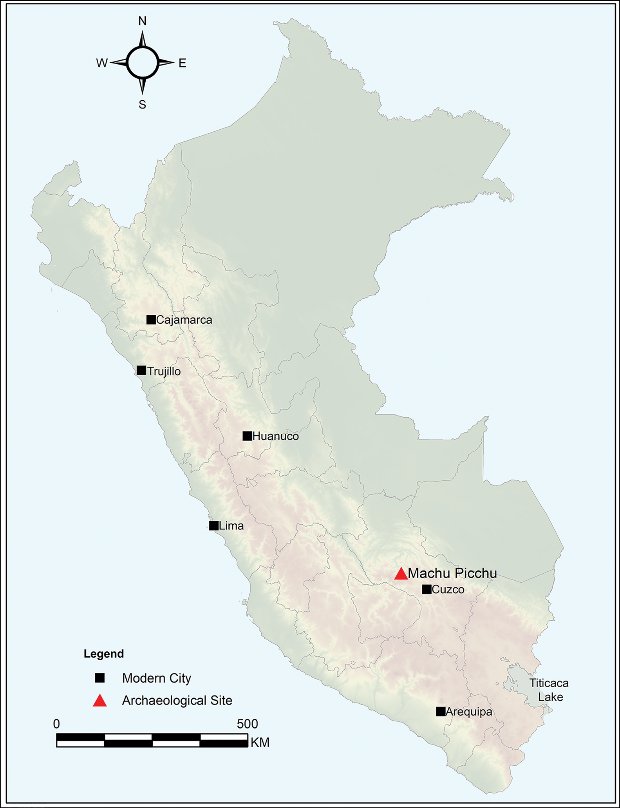
Past discoveries
Archaeological research at this site has been going on since the beginning of the 20th century. In total, scientists have found more than 150 buildings for various purposes: temples, private houses, small palaces.
Small population
Machu Picchu has never been a large settlement. According to archaeologists, no more than 750 people lived there, most of whom were servants. In addition to the remains of people in Machu Picchu, bones of llamas and alpacas, as well as guinea pigs, which were sacrificed as part of a funeral ritual, were found.
Scientists analyzed 26 human samples
Richard Burger from Yale University, together with scientists from the United States, presented the results of radiocarbon analysis of 26 samples of human bones and teeth. The lack of reliable dating for this ancient city is a result of the widespread opinion among archaeologists that such an analysis is unnecessary since the chronology can be established from Spanish historical records.
Machu Pichu was built in …?
Historians believed, interpreting medieval texts, that Machu Picchu was built as part of an imperial residence in 1438. The new analysis, however, revealed that the city was built much earlier (see below).
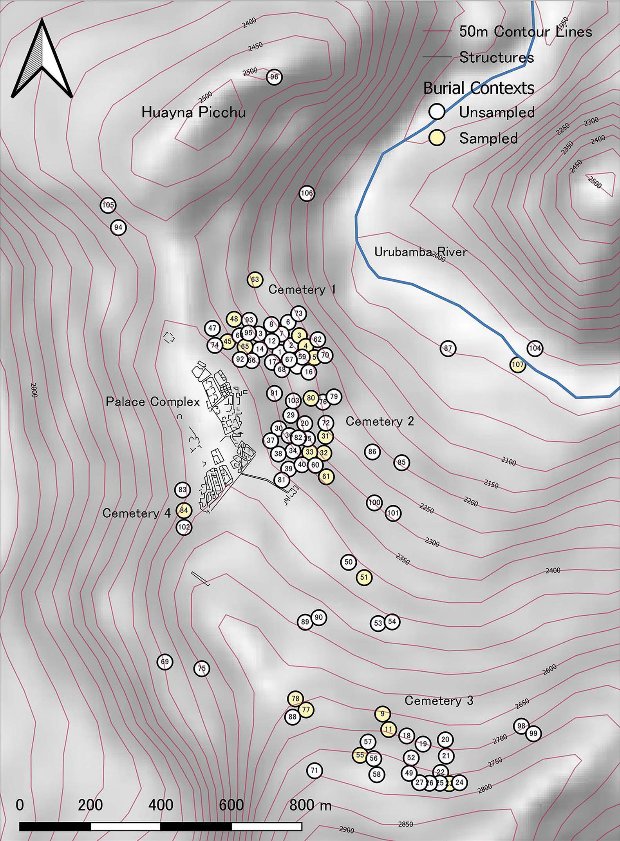
More than 100 graves
The examined bone samples belonged to people buried in the burial caves of Machu Picchu. During excavations in 1912, archaeologists found 104 graves, and most of them had little inventory, which indicates that they belonged to the servants, and not to the Inca elite.
No signs of heavy physical labor
Past paleopathological studies have shown that these people did not engage in heavy physical labor, such as construction, and did not receive serious injuries as a result of violence. It is noteworthy that morphological and isotope analyzes indicated the ethnic diversity of the local population.
Radiocarbon dating revealed a new founding date
Calibrated radiocarbon dating from the study indicates that Machu Picchu was continuously inhabited between 1420 and 1530 AD. None of the 26 specimens were dated to the 14th century, which is consistent with the ceramic collections indicating the absence of a pre-imperial occupation of the site.
Burials
Scientists also found that several graves contained the remains of people who were buried at different times.
Join the discussion and participate in awesome giveaways in our mobile Telegram group. Join Curiosmos on Telegram Today. t.me/Curiosmos
Sources:
• Burger, R. L., Salazar, L. C., Nesbitt, J., Washburn, E., & Fehren-Schmitz, L. (2021, August 4). New AMS dates For Machu PICCHU: Results and implications: Antiquity. Cambridge Core.
• Cummings, M. (2021, August 4). Machu Picchu older than EXPECTED, study reveals. YaleNews.
• The Guardian. (2021, August 3). Scientists discover Machu Picchu could be at least two decades older than thought.
• Metcalfe, T. (2021, August 3). Machu Picchu was built decades earlier than thought. LiveScience.



